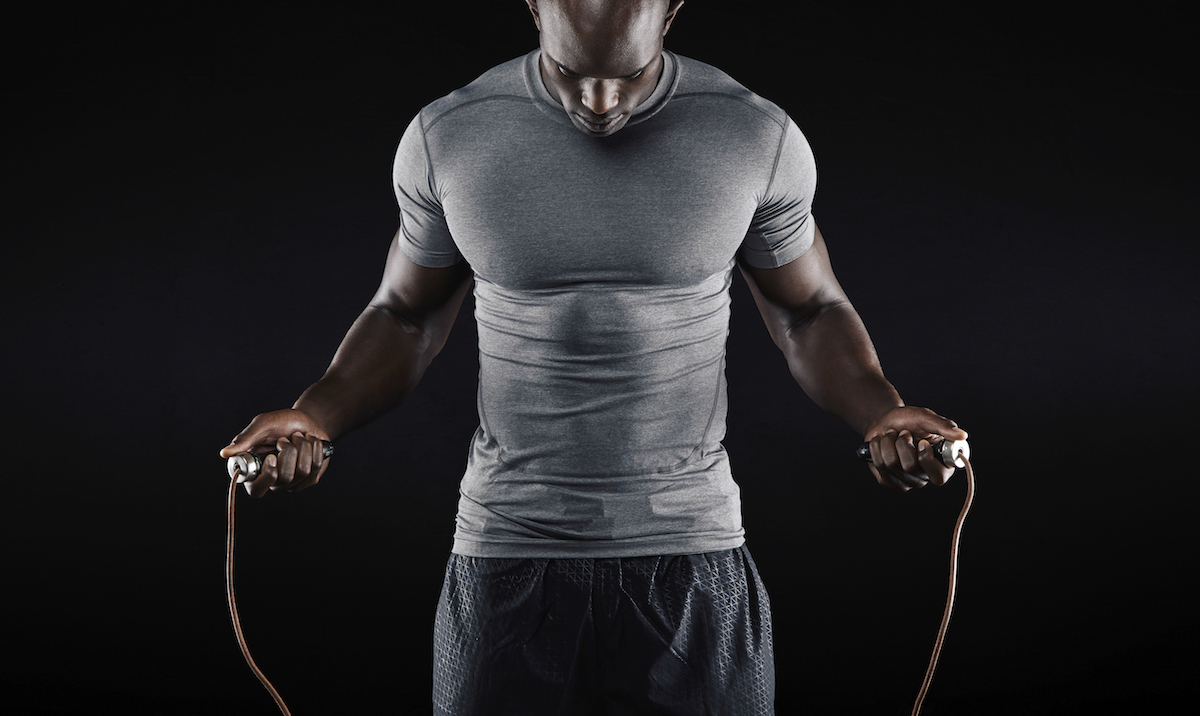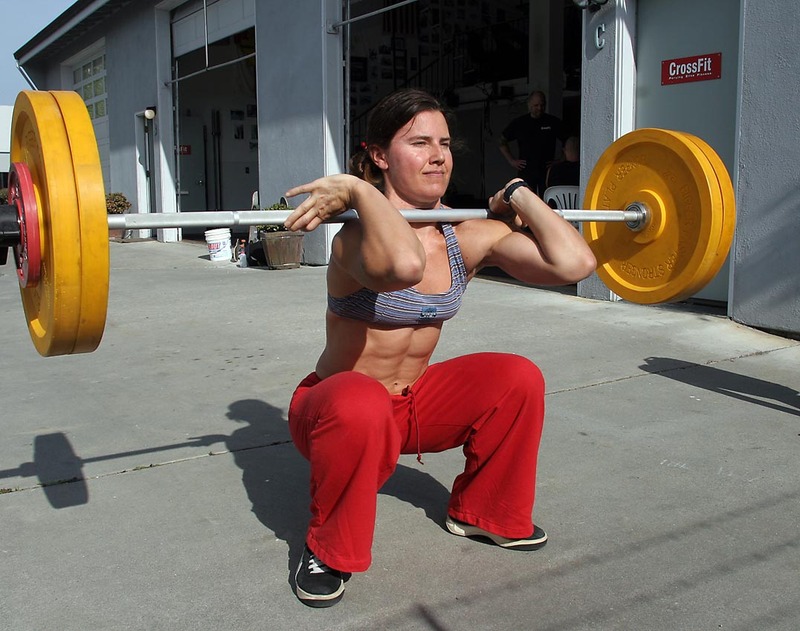Strength and conditioning coaches talk a lot about the concept of “fast feet.” We want this quality because if an athlete has it then they should be able to stop, start, and change directions very quickly which is going to be important for many sports. There are a lot of expensive tools that are used to develop this quality. These include ladders, dots, all the way to high technology drills that resemble dance-themed video games.
These types of equipment have a number of challenges. First, they are expensive. Second, it’s difficult to use them in team coaching settings where there may be 20-100 athletes in the weight room at once.
This blog is going to discuss the merits of an inexpensive, simple piece of equipment to develop foot speed. That piece of equipment is called the jump rope. The jump rope costs about $2. It can be used to develop foot speed (your feet have to move over that rope). It can be used for conditioning (it can be performed for fixed periods of time, interspersed with other exercises). It makes a good station exercise. It also develops coordination and athleticism.
With this blog we’ll talk about some basic techniques for the jump rope. We’ll also talk about how to incorporate it into a few different situations.
Techniques:
I have a link to an old YouTube video I did on the jump rope in my garage. I like to start everything with one simple movement. In this movement we begin with the feet close together, knees are soft. I like to start with the jump rope behind my feet. From here the movement comes from the ankles. We jump up and down, using the ankles. This is a small, efficient movement.
A common mistake with beginners is to use the knees to jump. When someone does this they achieve great height off the ground, which is not necessary to complete the movement and is very inefficient.
In any jump rope workout I like to begin with this fundamental movement.
Once this movement has been mastered, it’s time to add some complexity. We may jump side to side, forwards and backwards, or even one foot at a time.
Incorporating:
The jump rope is an exercise that lends itself well to workouts that are timed. For example, jump rope for 30 seconds. This makes it ideal for several types of training sessions. First, they make a great general warm up exercise. Rather than spending time on low intensity cardio, the jump rope can be used to elevate the heart rate and to increase the temperature of the muscles and joints.
The warm up is also a great way to address needs that don’t fit in well with the rest of the training session. For example, basketball players need stronger ankles. Sprinters need stronger shins to help prevent shin splints, etc. As a result, using the jump rope as part of the warm up helps to address multiple things at one time.
It can also be used in conditioning. For this, it can be combined with other exercises that are also done for time. For example, let’s say we want to do a conditioning session that involves 30 seconds of work to 10 seconds of rest (i.e. a 1:3 ratio). We may use the following exercises:
- Jump rope up and down
- Kettlebell swings
- Plank
- Bodyweight squats
- Jump rope side to side
- One arm kettlebell swings
- Side plank
- Lunges
- Jump rope forwards and backwards
- One arm kettlebell swings
- Side plank
- Inchworms
- Jump rope up and down
- Kettlebell snatch
- Crunches
- Push ups
- Jump rope side to side
- Kettlebell snatch
- Reverse crunches
- Bear crawls
The jump rope can also be used to solve one of the problems that we have with strength and conditioning and large groups. It’s not unusual to have 40-100 athletes training at one time in school and team settings. But, there may only be a few cages and platforms that the athletes are spread out amongst. This means that only a handful of athletes are exercising while the others are standing around. The jump rope can help solve some of that. For example, let’s take a squat rack with four athletes at it:
- Athlete A: Squatting
- Athlete B: Spotting/loading
- Athlete C: Jump Rope
- Athlete D: Core or suspension trainer
The jump rope is a tool that a lot of us that are over a certain age used as children as play and as exercise. This is also something that has not seen a lot of emphasis or use over the last decade, which I think is a shame as there are a lot of benefits from this exercise.



